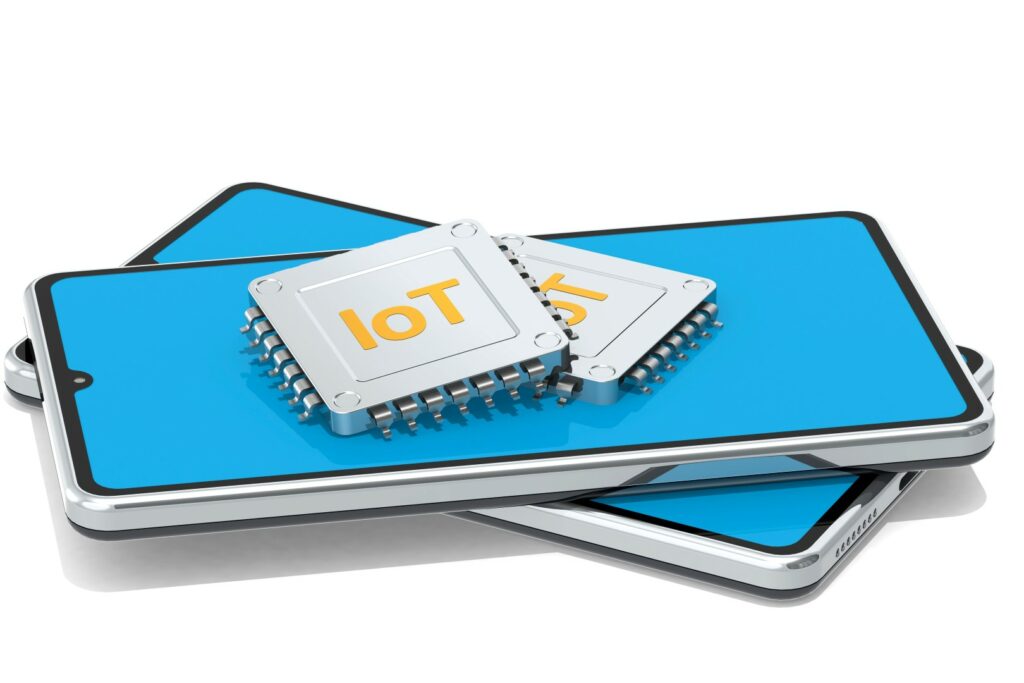People’s lives become increasingly interconnected each year. Not too long ago, digital assistants, smart dwellings, and similar concepts existed only in science fiction. The Internet of Things (IoT) is beginning to penetrate more and more facets of consumers’ daily existence. It is accurate to state that the Internet of Things has become so pervasive that people no longer question the addition of connectivity and intelligent features to devices.

From the perspective of the enterprise, IoT sprawl has created unique challenges and opportunities that businesses must either surmount or seize. As workers become increasingly dependent on connected devices and technology makes its way into more unexpected locations, businesses must strike a balance between the desires of consumers and employees and those of shareholders. Here are five enterprise IoT predictions for the upcoming year.
ESG Is Not Disappearing Anytime Soon
While Environmental Social Governance (ESG) has recently been a political flashpoint, environmental stewardship will not evaporate from the boardroom anytime soon. Companies will realize that the first step in administering an effective ESG program is to comprehend the nuances of what comprises their total carbon footprint. For this, they will require data. Not only data on their own operations, but also data on their suppliers’ and vendors’ operations.
The IoT also provides vital data to these businesses in their efforts to reduce their environmental impact. The next trend in ESG will involve utilizing IoT data to improve products and processes for the benefit of ESG initiatives. IoT devices can provide a constant positive feedback loop that, when combined with machine learning (ML), can predict and implement the most efficient device control. This requirement for connectivity among IoT devices leads to the next two significant predictions for 2023.
Satellite connectivity will be integrated into an increasing number of devices.
Satellite connectivity is no longer restricted to specialized or expensive devices. When a connection from a stationary device is required, satellites can provide simple connectivity while shifting a portion of the load to various frequency bands. While the promise of nationwide mobile technology is a promise, satellite communications are still essential in remote locations.
Smart cities are poised to be one of the largest adopters of this transition to satellite communications, especially with the launch of new satellite networks that support standard 3GPP cellular connectivity, transforming them into cell towers in the sky. Building IoT networks for smart cities around satellite communications eliminates the need for either expensive hard-wired IoT networks or increased cellular congestion in the area. There will also be a significant transition in the cellular communications sector.
One SIM Will Rule All
The widespread adoption of software-based SIMs, also known as eSIMS, will represent a fundamental transition in the mobile connectivity industry. Manufacturers are beginning to adopt eSIMS for an assortment of reasons. First, the incorporation of a SIM on a chip will reduce the carbon footprint of manufacturers as a whole. They will no longer be required to generate physical SIM cards, which are frequently discarded before the device they were intended for becomes obsolete. Additionally, this eliminates the need for SIM trays in devices, which can facilitate the design and production process and reduce overall costs.
eSIMs provide a higher level of security than physical SIM cards, which is one of the greatest advantages of their adoption over physical SIM cards. Since an eSIM is remotely provisioned, it eliminates SIM cards as a potential security risk.
Security will remain at the forefront of businesses’ minds.
At this point, it seems like old news, but cybersecurity will continue to be at the forefront of business decisions. This year is notable for the advent of artificial intelligence (AI) and machine learning (ML).
AI and ML make malicious actors’ attack execution more efficient and potentially more effective. Natural Language Models, such as ChatGPT, have opened up new avenues of attack and lowered the overall bar for creating malicious code.
In addition, the shifting legislative landscape surrounding privacy will prompt businesses to reevaluate how they collect, use, and store sensitive personal data. This may necessitate a complete redesign of products, procedures, or even business models as a whole.
Managed Service Providers Will Strive To Address Skill Gaps
Lastly, it is no mystery that the tech labor market is in an unstable state. Many businesses are reducing or restricting their workforces in an effort to increase productivity or profits. This exodus of skilled technology professionals has created significant knowledge deficits that must be filled.
As a service, Managed Service Providers will provide this specialized knowledge. This will enable businesses to acquire the necessary skills and expertise without incurring the additional expense of hiring and training new employees. In the end, this will also enable businesses to concentrate on their primary objectives while experts manage the underlying technology.
The IoT landscape will undergo significant changes in 2023, but these changes will ultimately be moderated by the requirements of individual businesses. Companies will continue to leverage the IoT to pursue operational, ESG, and end-user experience efficiencies. In addition, they will incorporate and develop cutting-edge technologies like AI and ML while striking a balance between security and privacy. In addition to addressing critical skill deficits caused by economic uncertainty, businesses will adopt as-a-service solutions.
Source: Forbes

































